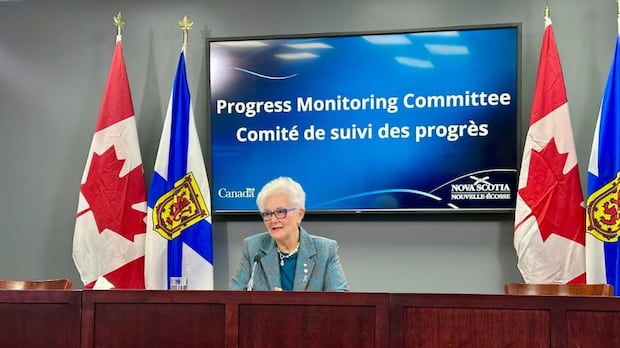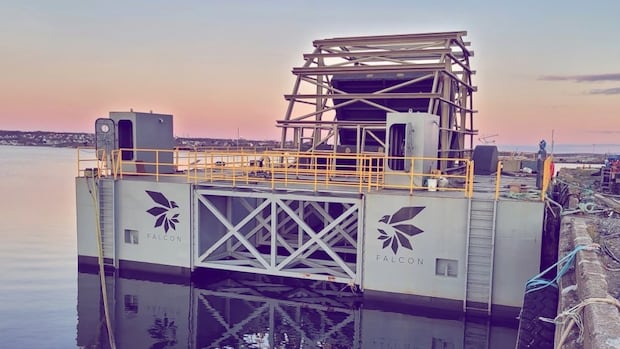2024 sees record warm temperatures, less sea ice cover in Gulf of St. Lawrence

The Gulf of St. Lawrence experienced record-breaking surface temperatures and decreased ice cover last year, marking a significant shift in the marine environment. Researchers from the federal Fisheries Department presented their findings at a recent briefing, highlighting the impact of rising air temperatures on sea surface temperatures.
Peter Galbraith, a research scientist at the Maurice Lamontagne Institute, explained that the Gulf of St. Lawrence reached a record surface temperature of 16.7 C in July 2024, the warmest since data collection began in 1981. Additionally, the warmest surface temperature between May and November was 11.6 C, setting a new record and indicating a trend of increasing temperatures.
The Gulf of St. Lawrence also experienced its lowest seasonal ice cover since 1969. The volume of ice cover in the winter of 2023-24 was six cubic kilometers, significantly lower than the 14 cubic kilometers recorded in the previous winter. This decline in sea ice is attributed to warming winter air temperatures, which have been steadily increasing.
Despite the recent trend of warmer temperatures, Galbraith emphasized that the shift is not linear. While the past four years have been warmer than average, this year’s temperatures in April and May have been closer to the norm. He cautioned against expecting consistently hot summers due to interannual variability influenced by climate change.
One species directly impacted by the changing sea ice conditions is the Northwest Atlantic harp seal. Joanie Van de Walle, a specialist in population dynamics, highlighted the seals’ reliance on quality ice for breeding and pup development. In 2024, the limited ice cover in the Gulf of St. Lawrence led to unsuccessful reproductive outcomes, with some pups being abandoned as a result of drifting ice.
Looking ahead, Galbraith projected a future where the Gulf of St. Lawrence may have little to no sea ice within the next 75 to 100 years. While occasional cold polar vortex events could create temporary ice cover, the overall trend points towards diminishing ice presence. Van de Walle suggested that harp seals may seek out alternative habitats with better ice conditions for breeding, potentially benefiting the species in the long run.
As researchers continue to monitor the changing climate patterns in the Gulf of St. Lawrence, it is essential to consider the implications for marine life and ecosystem dynamics. By staying informed and adaptive, stakeholders can better prepare for the evolving environmental conditions in the region.




